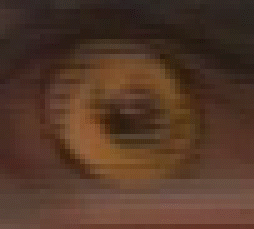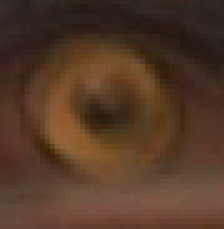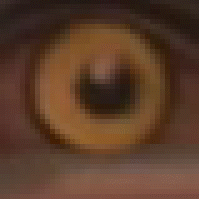☆ от 50 руб./час ☆ AnaRender.io
У вас – деньги. У нас – мощности. Считайте с нами!
Some people think "more bitrate - more quality". There are some examples. They demonstrate some important methods do decrease needed bitrate with increasing result quality.
But compare the most obvious situation: VHS cassette of bad quality and DVD of good quality.
Try to pack both streams resized to identical width*height dimensions with fixed quantizer (in DivX, XviD), better 1-pass with quantizer 2.
Compare sizes of result files. Note, that in the MOST cases you get less size for DVD-rip version, and sometimes this difference is incredibly great (3-4 times). What does it mean?
It means, that the most part of bitrate is used for interlacing and other artifacts of VHS original, garbage from analog TV signal. NOT really from original picture itself. Less garbage - less additional bitrate needed. Difference from one cassette to another may be great.
So, if you see DVD-rip of 1CD size, it may be and in most cases is better than VHS-rip of 2CD size. If you see two VHS-rips of the very different sizes (even 1CD - 3CD), smaller rip MAY BE better!
If VHS rip isn`t properly telecided/deinterlaced - it will be worse or/and larger. See next part of this text.
NTSC oriinal. Reduce size. Packing with fixed quantizer 2.
Pictures to the right show small part of frame enlarged.
|
Pack without IVTC process. Keep 29.97 fps
and all interlaced frames as is.
Note, that interlacing artifacts are "moired" when resizing.
Example lines in AviSynth:
BicubicResize(640,340,0,0.1,8,8,704,458) 321k size - result video file. |  |
| Pack without IVTC process, but
Deinterlace it with blending. Reduce size. Pack it with fixed quantizer 2
and see size.Example lines in AviSynth:
FieldDeinterlace() BicubicResize(640,340,0,0.1,8,8,704,458) 296k size - result video file. |  |
| Take the same material and DO IVTC process properly, cleaning
interlace artifacts completely.
Example lines in AviSynth:
Telecide(post=false,guide=2,blend=false) Decimate(cycle=5) BicubicResize(640,340,0,0.1,8,8,704,458) 254k size - result video file. |  |